Porsche 9R3 “LMP 2000” (1999)
Category: LMP / Constructor: Porsche & Lola Composites / Designer: Norbert Singer / Predecessor: Porsche LMP1-98 / Successor: Porsche RS Spyder / Chassis: Carbon fibre / Engine: Porsche 5,500 cc (305.1–335.6 cu in) 40 valve, DOHC V10, naturally-aspirated mid-engined / Achievements: N/A as it Never Raced
The creation of the full carbon-fibre Porsche 9R3 racing car started in 1998. A V10 engine was designed according to the Le Mans P1 regulations that allowed 5.5-litre maximum capacity for a normally aspirated gasoline engine. At the time, Porsche was led by Wendelin Wiedeking, who was not interested in car racing and in 1999 the Porsche 9R3 programme was halted and focus was set on the creation of the SUV to compete with Mercedes ML and BMW X5. The 5.5V10 engine from the 9R3 was a year later used for the prototype of the Carrera GT supercar. Porsche finally returned to LMP1 racing with the Porsche 919 hybrid in 2014. In the meantime, the Porsche 9R6 RS Spyder LMP2 car was created.
The Story
In the late 1990’s, Porsche was successfully competing at Le Mans with the epic Porsche 911 GT1 and LMP1-98; with the latter taking out-right victory in 1998. Thanks to changes in the rules, both cars would no longer be eligible, so Porsche planned a new replacement car for 1999 and beyond.
Porsche started work on all new Le Mans Prototype at some point during the 1998 racing season with the intention of having a full works team at Le Mans in 2000 and beyond. Early decisions were made to adopt an open top design and an initial engine selection was made. In that time, Audi debuted its R8 Le Mans Prototype in 2000. There was nothing to stop it. The R8 ran away with five overall victories at Le Mans and dozens of wins elsewhere. Porsche had built a car to challenge to the original R8.
The design was conducted using CATIA software, meanwhile early wind tunnel testing was conducted at 1/3rd scale (above). Note the different nose shape and lack of intakes either side of the chassis, also the model features louvres on the wheel arches. The designs were at least at first worked around the twin turbo 3.2 litre flat six engine used in the 1998 Le Mans winning Porsche GT1. But as work developed on the new car it was increasingly felt that the flat six was overweight at 230kg and under-powered. This move from a turbocharged Flat-6 to an all-new V10 naturally aspirated engine pushed the project back to ensure it would not be ready until 2000.
The Porsche engineers then turned to another secret project, a stillborn Formula 1 V10 engine. The ten cylinder was designed to replace the very poor V12 which was at first destined for the Moneytron Onyx F1 team but found its was into the back of the Arrows FA12 (and was promptly replaced by a lighter and more reliable engine not made by Porsche). Once the V10 engine project was restarted the unit was re-worked to increase its capacity to 5.5 litres (above) and remove some of the more advanced components it would have used in an F1 environment but not suited to an endurance racing application.
The first chassis was built up into a complete car, and that is the car shown in these images. Unlike Porsche’s later LMP designs the ‘RS Spyder’ and ‘919 Hybrid’ the new prototype never got an official name, LMP2000 gets mentioned often but the car was only known by its internal code name 9R3 (9R6 was the RS Spyder, 9R9 was the first 919 Hybrid).
This new project – Porsche 9R3 LMP900 – was cancelled with just two days of testing the new car in 1999. The test drivers at Weissach were Alan McNish and Bob Wolleck and they reported very positively about the cars potential – so it would’ve been quick, but alas we’ll never know how quick.
Why it was stopped is not completely clear, but two thoughts are that VW Audi Chairman, Ferdinand Piëch, did not want any competition from Porsche for their new R8 Le Mans LMP1 car. It is also understood that Porsche had to re-allocate expertise from the Motorsport team in Weissach to help on the new Cayenne SUV project. A decision that would help fund the Carrera GT production. We think it was that Wendelin Wiedeking, who was not interested in car racing and was a penny pincher killed it for the SUV. We are thankful he did.
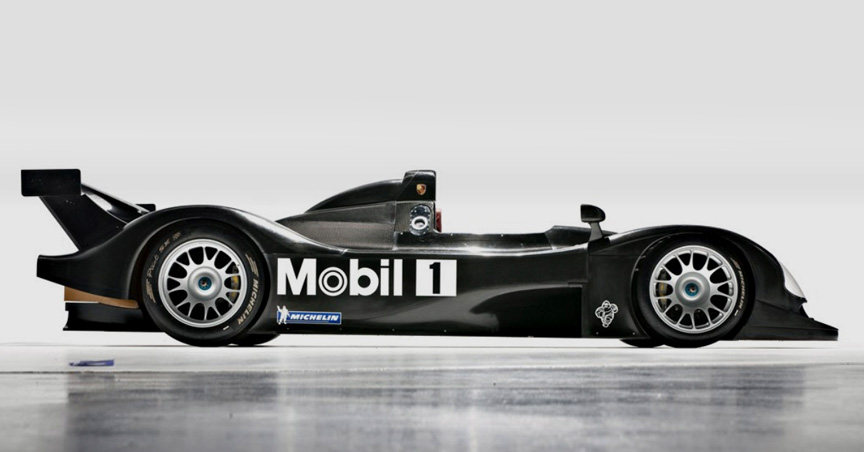
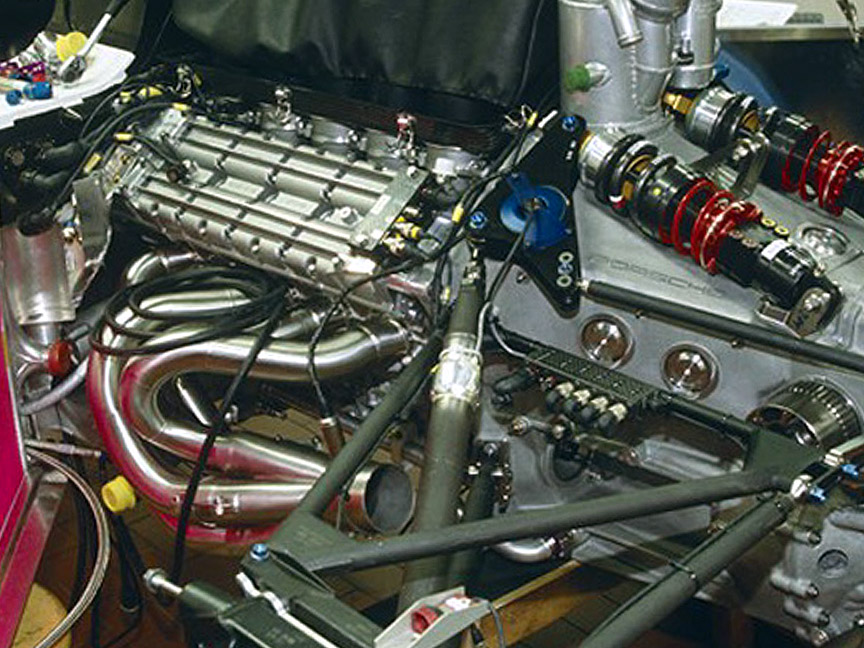
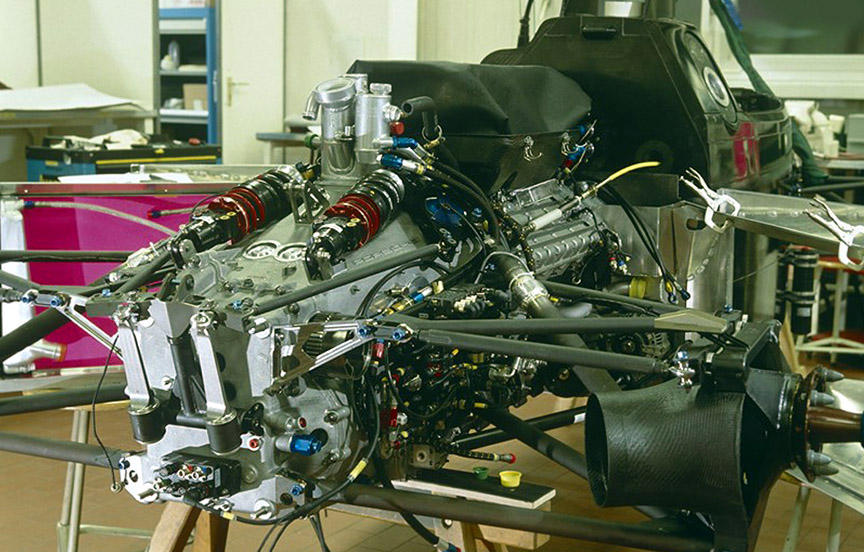
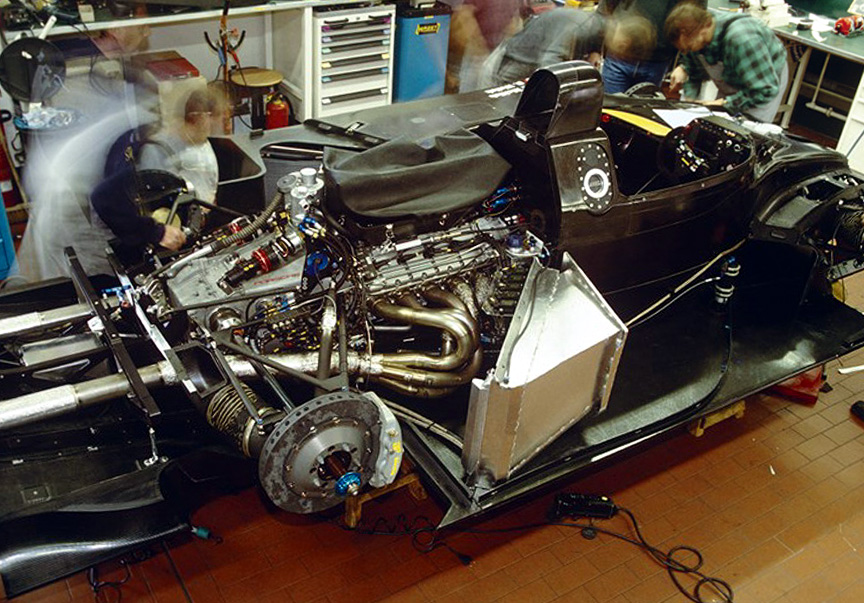
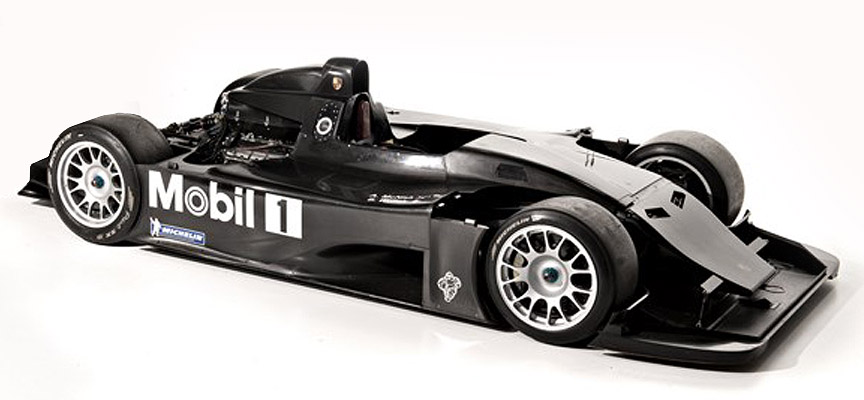
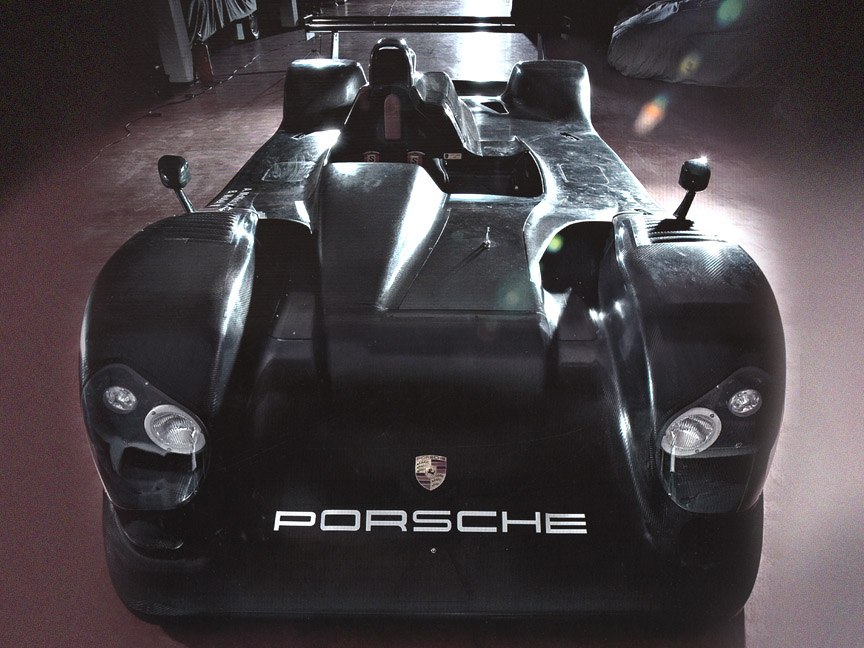
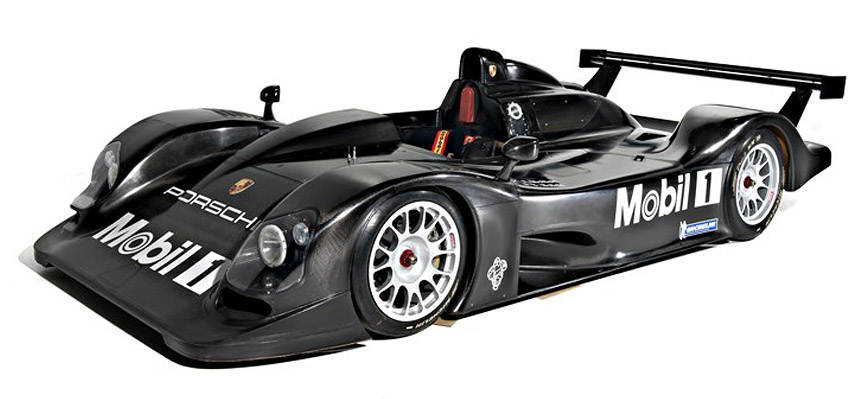
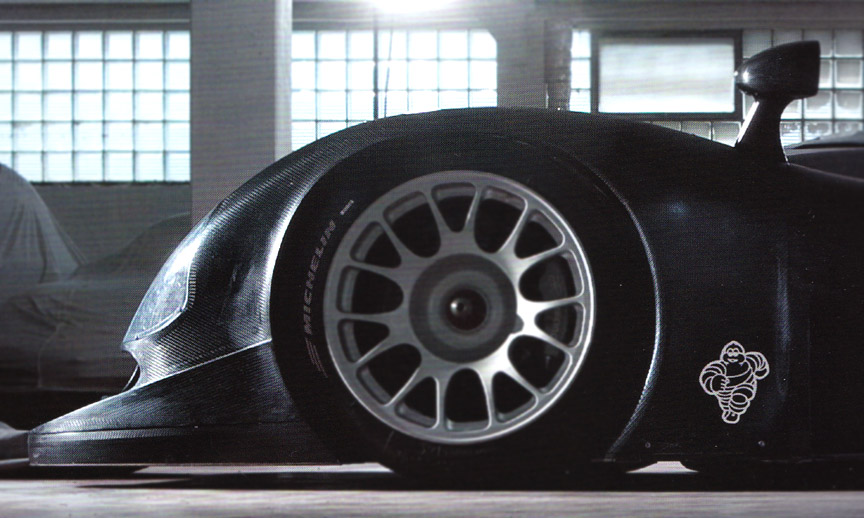
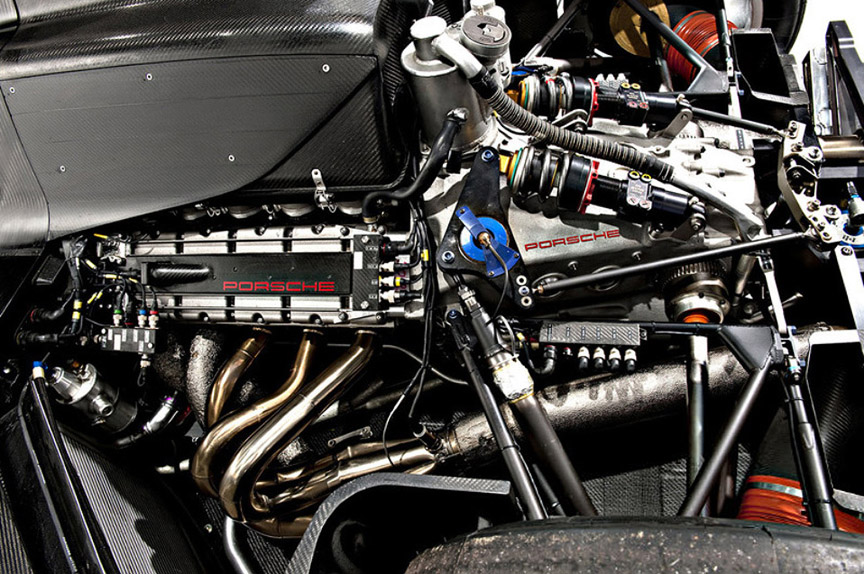
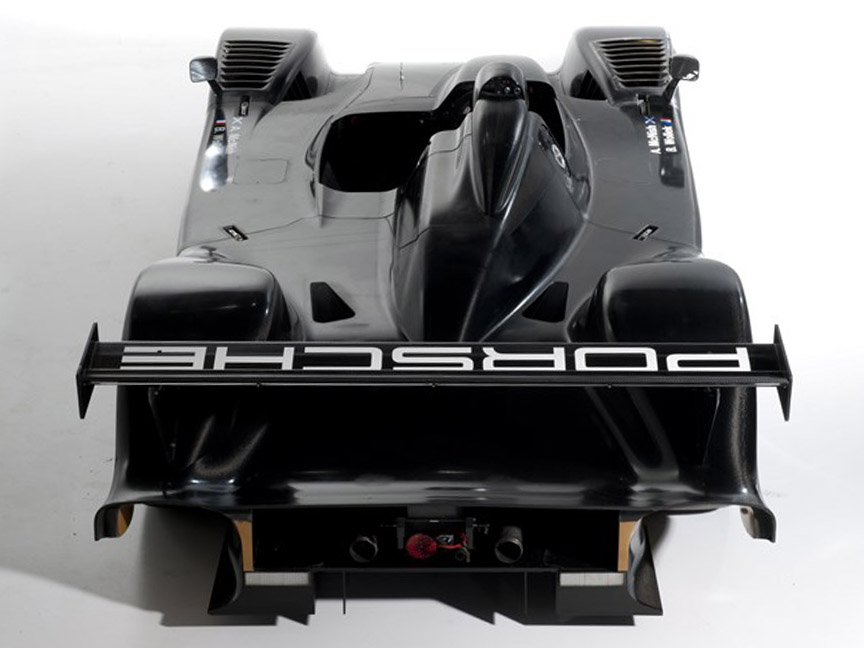
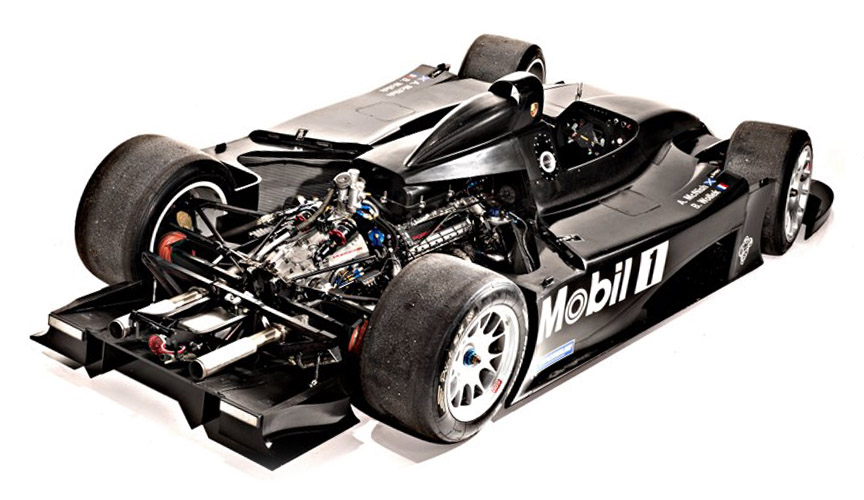
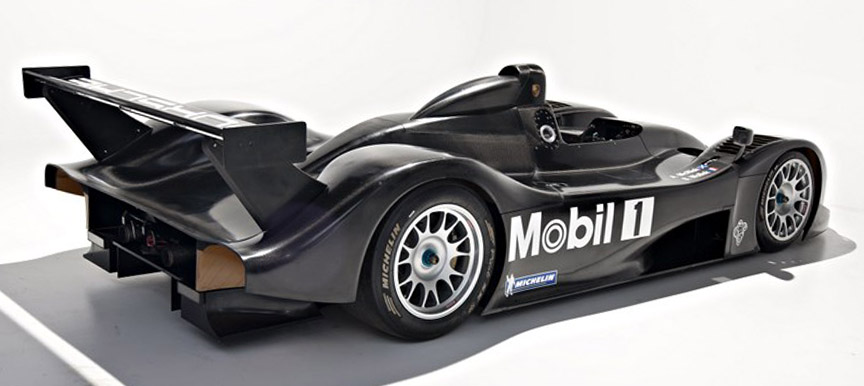
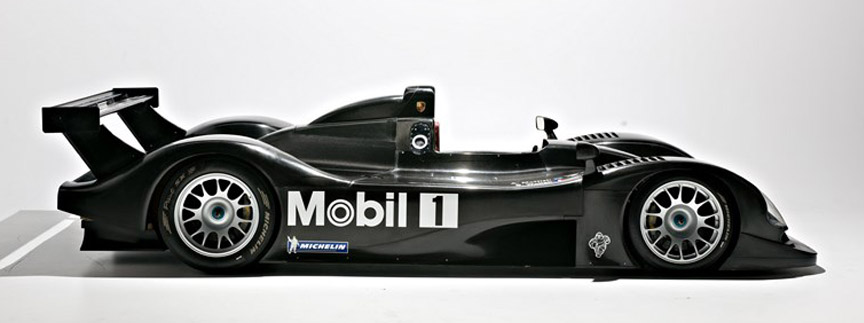
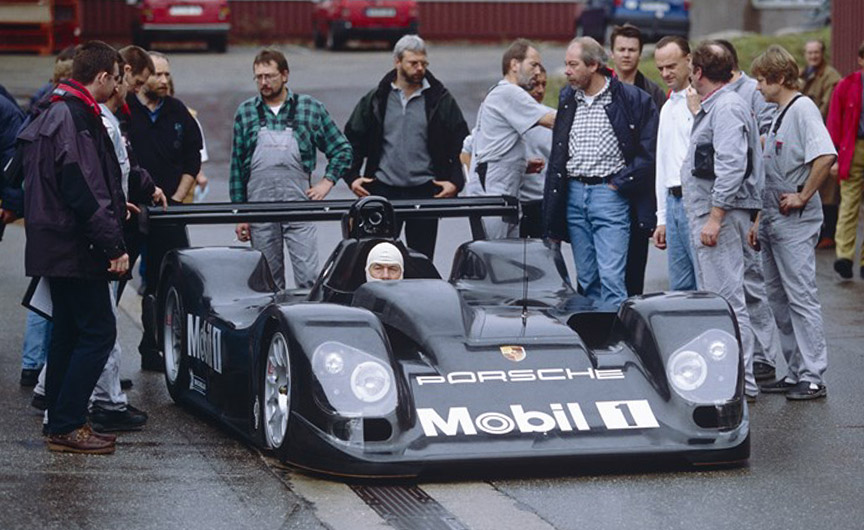
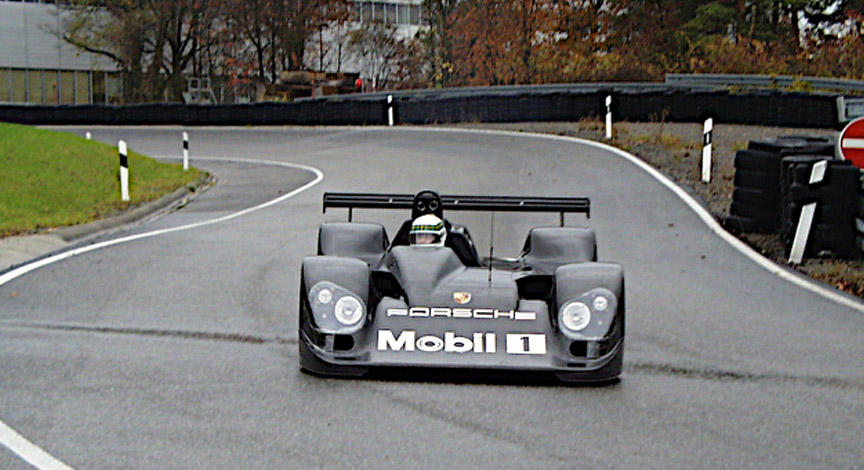


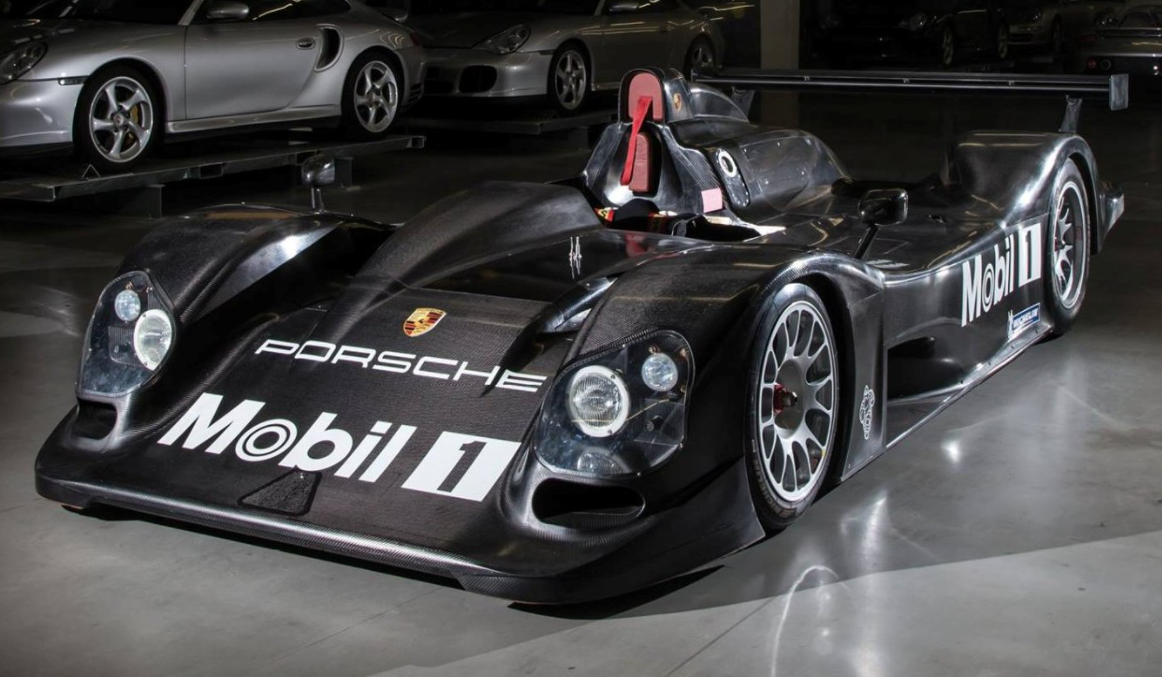

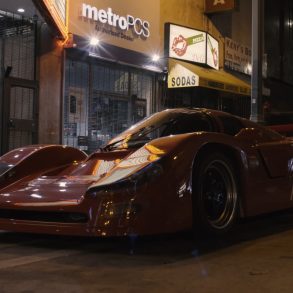
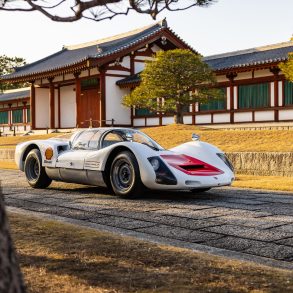
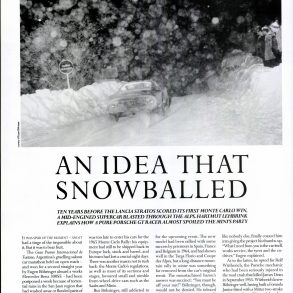

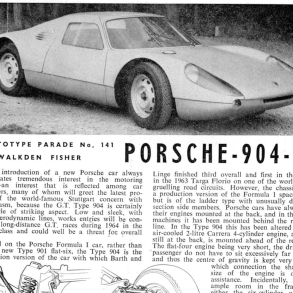
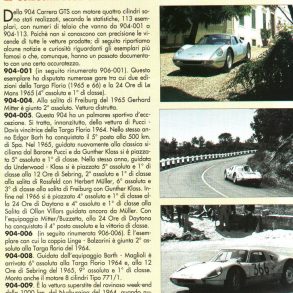
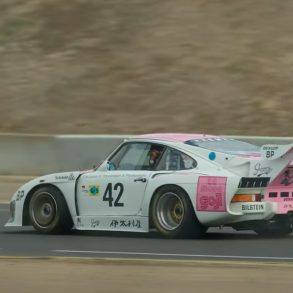
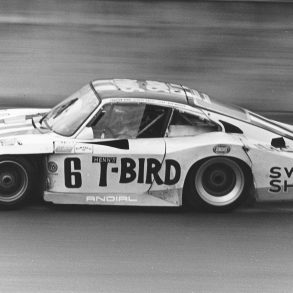

Regarding Porsche’s LMP 2000 LeMans car test drivers, I believe that Bob Wollek was killed in March 0f 1999 while riding his bicycle at Sebring, Florida, USA as I was there for the race.
0